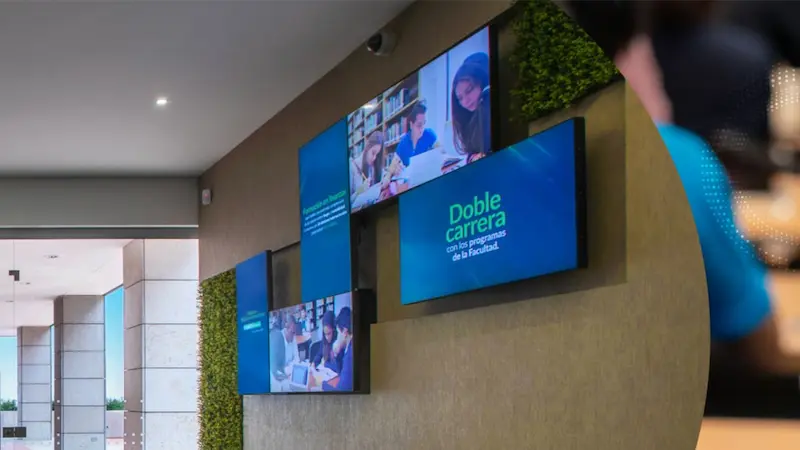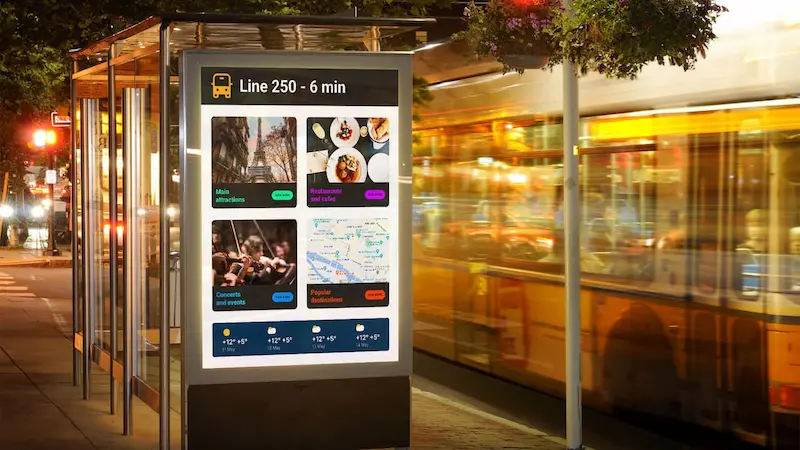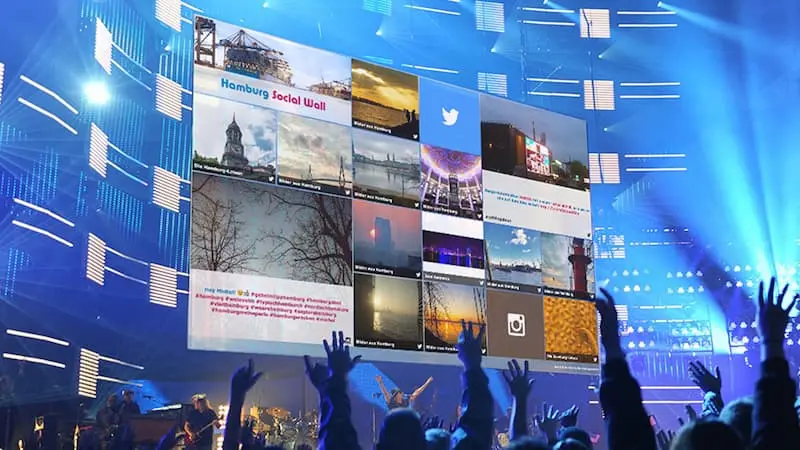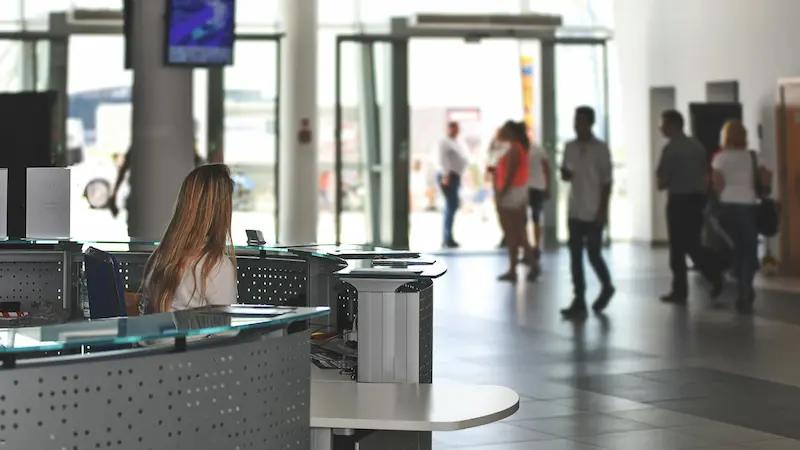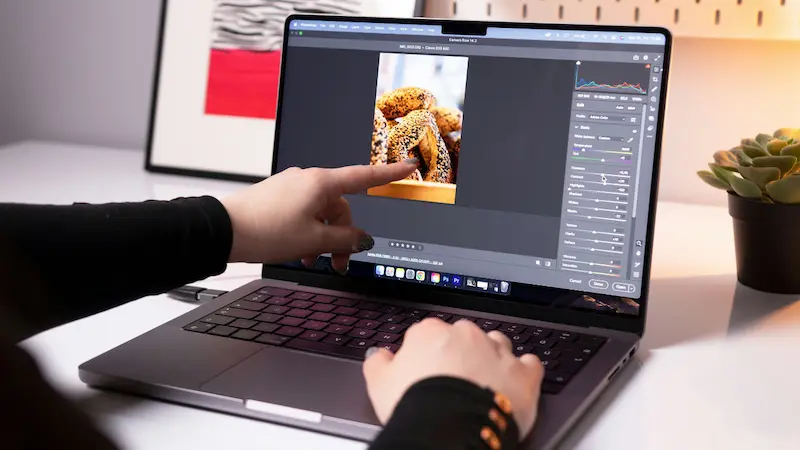
Table of Content
The popularity of buying meals online has skyrocketed in recent years. It's more convenient for consumers since they can look at menus, read reviews, and do much more research before deciding where to eat. Some food and drink vendors need brick-and-mortar locations; consumers must place takeout or delivery orders via a menu tablet. Does this mean that eating out at restaurants or cafés is obsolete?
People continue to enjoy dining out from home. You may see it firsthand at any shopping center. It means you have no excuse for not working to enhance your restaurant's patrons' dining experiences.
One growing trend in the restaurant industry is digital tablet menus, bridging the gap between online and in-person dining. Customers, particularly millennials, are always glued to their devices and expect to use them when dining out. Because of this, several eateries are now using digital menus.
Key Benefits of Digital Tablet Menus
If you're a restaurant owner, you want to provide your customers with the greatest service possible, so you're constantly searching for ways to better your business. Restaurant digital signage and especially digital menu tablets are one development that's gaining popularity. The use of these tablets has the potential to improve efficiency, decrease the likelihood of mistakes, and boost revenue. Here, we'll examine the merits of using tablets with digital menus for your eatery.
Improved customer experience
Diners aren't simply looking for delicious food; they want an unforgettable evening out at your establishment. Investment in a digital tablet menu or a QR code represents one of the most successful methods to keep existing customers and draw new ones in today's digital world since you cannot keep consumers away from technology. Customers will have a memorable dining experience at your restaurant thanks to the digital tablet menu's sleek presentation and convenience of placing new orders, contacting wait staff, and locating specialty items. Along with a QR code, your customers can easily scan, order, and dine.
Increased revenue
You can boost sales with the use of digital menu tablets. Customers are more likely to spend more money or purchase more things when they can quickly peruse your menu. Because of this, your check averages rise, which means more money in your pocket.
A quicker ordering and payment process

Research demonstrates that waiting times have a significant impact on consumers' levels of frustration. Consequently, this affects how they think of your company, which might make them choose a different restaurant. However, when you use a digital tablet menu, your clients won't have to wait forever for your staff to take their orders and complete their payments. Self-ordering from the digital menu and the opportunity to pay digitally boost table turnover.
Menu simplification and price updates
Thanks to menu tablets, you don't have to get brand-new menu booklets whenever you alter your offerings or pricing. Menu books with strikethrough or cover-up tapes need to be more professional. Tablet devices have enabled changing a restaurant's menu in seconds from any location. You may accomplish it without even being present at your eatery.
Customer insights and feedback
You can gather customer data and comments using digital menu tablets and use this information to adjust the menu and advertising to suit the tastes of your clientele better. Customers may also use the tablets to submit feedback on their eating experience, enhancing the establishment.
Opportunities and Use Cases
Modern technology has made it possible for servers to spend less time on mundane transactional chores, increase the restaurant's exposure to potential customers, and improve the quality of service. Consumers already rely on digital tools like smartphones when deciding where to dine. This includes researching menus, reading reviews, and even making reservations. As such, digital menu tablets have become necessary for any establishment that wants to attract new clients while keeping existing ones. Here are some of the opportunities and use cases that these digital menu tablets provide:
Restaurants and Cafes

Using digital menus helps expedite operations and allows workers to concentrate on higher-value tasks. The wait staff will be able to pay more attention to the client if they don't spend a lot of time taking orders and sending them to the kitchen.
Diners frequently have specific requests, such as additional salt, no cheese, or sauce on the side. Fearing that they will burden the wait staff, come off as high maintenance to other diners, or that the waiter or waitress would not recall their specific preferences, many people avoid ordering to their satisfaction. A digital tablet menu is a simple method to satisfy your clients' desires for a personalized dining experience.
Customers who order from a digital menu are likely to join a loyalty club due to the convenience and high quality of their experience. A good example is the Chili's rollout. Chili's used tablets at several locations and discovered that appetizer and dessert sales jumped by 20% in places using tablets.
Hotels and Resorts
Tablets in guest rooms make it easier for guests to enjoy their stay and help hotels streamline internal processes. Hotels might save substantial money using tablet technology in guest rooms, reducing unnecessary expenditures, labor expenses, and inefficiencies. Tablets in guest rooms allow hotels to reduce wasteful spending, which they can then put back into the business to improve conditions for guests and staff.
A good example is hotel guests at the Hotel Commonwealth Boston may relax on exquisite Italian linens and use their in-room tablets to place late-night snack orders.
Bars and Lounges
Customers may learn more about the menu items, the business, and current specials via videos, images, and personalized text on a digital menu. Before implementing a digital menu tablet, lounges should have a plan for content generation. The plan should include client segmentation. It helps the lounge provide better service, upsell more, and earn more money.
For instance, Mamuska Polish Kitchen & Bar started timing the entry of each customer. They divided their clientele into three categories: Polish people living in London, Polish tourists, and natives from London. They tracked who was eating when and promoted things that catered to that demographic (e.g., dinnertime for locals and Polish visitors). (such as advertising alcohol during meals aimed towards tourists).

Leveraging Look for Digital Tablet Menus
LOOK DS lets you easily alter your menus, including the digital menu board on the fly across all your restaurants simultaneously and centrally. You may display your daily discounts and weekend promotions on time while saving money on recurrent printing expenses and increasing business earnings.
Look Digital Signage: Your Ultimate Solution
Do you use digital tablet menus? Look Digital enables you to create complex, interactive situations in your accounts, even if you don’t know how to code. It makes it easy and affordable to make digital menus. You can split the screen into several sections and develop a customized menu layout with the help of the layout designer, which is a very adaptable tool. You can also split the screen into various regions of varying sizes, each of which can play its content independently.
In addition, the layout designer has a built-in graphics editor that allows you to customize the appearance of layers, data fields, and fonts by adjusting their hues, sizes, and transparency settings. You can also create dynamic layouts for your restaurants for free using one of several highly customizable templates.
Taking advantage of the digital tablet menu
Tablet menus are a great investment for any restaurant since they improve efficiency, attract more customers, and enhance the whole eating experience.
Digital menu tablets are an efficient tool for optimizing restaurant operations and improving customer satisfaction. These tablets can reduce wait times, boost sales, and streamline operations by allowing consumers to easily peruse menus, make orders, and settle with a single device.
However, digital menu tablets cannot replace human servers but supplement their efforts by allowing them more time to engage with customers individually. Restaurants may remain modern and continue creating a positive dining experience for consumers using the technology's many advantages.


